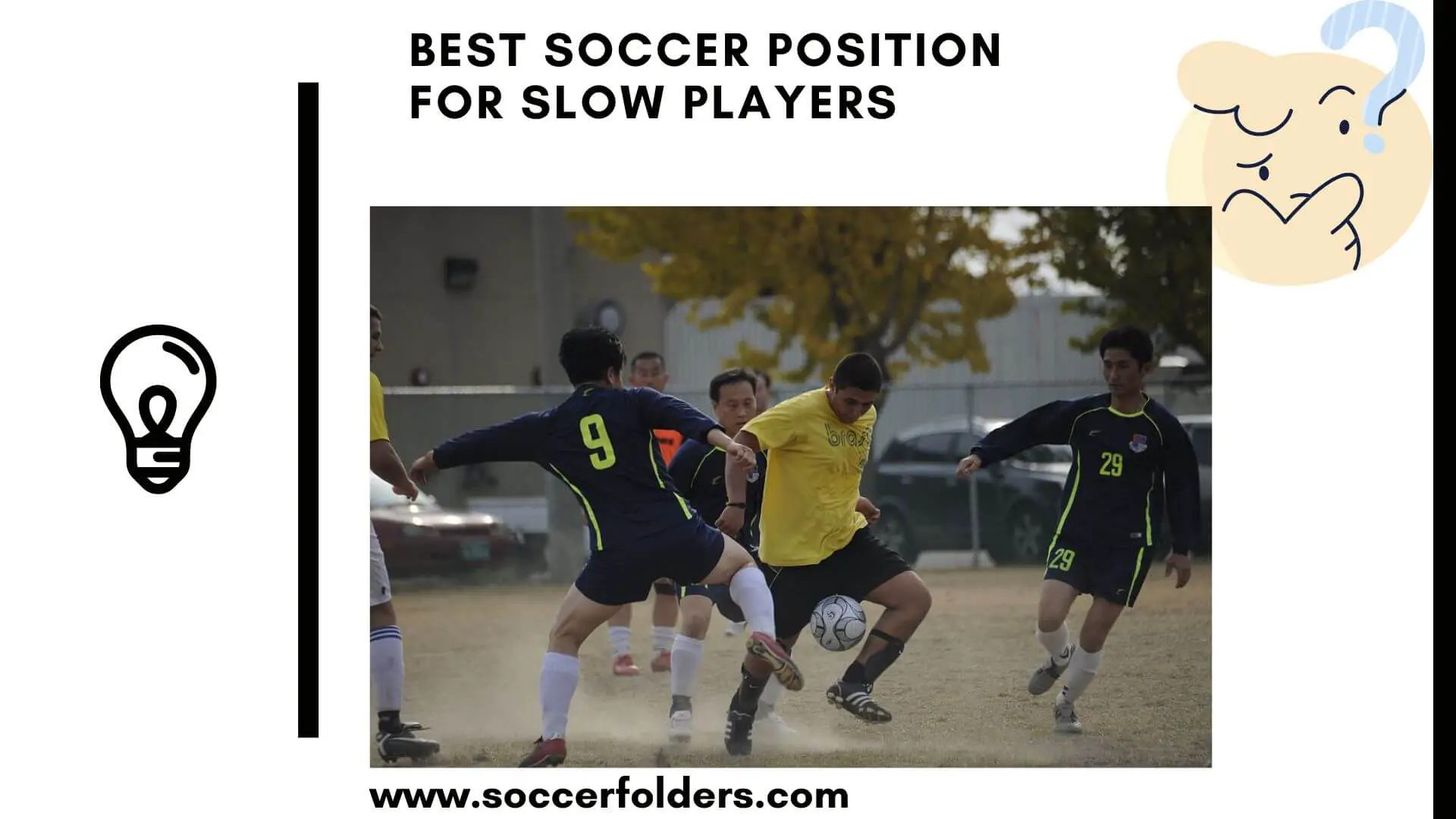Are you passionate about soccer but feel discouraged by your lack of speed on the field? Don’t worry, because soccer is a sport that embraces players of all abilities. While speed is often considered an advantage, there are specific positions on the field where slower players can excel and make a significant impact.
In this article, we’ll explore two key positions – the goalkeeper, the centre midfielder, and the centre-back – that are ideal for players who may not possess lightning-fast pace. So, lace up your boots and let’s dive in!
Quick Navigation
- 1. The Goalkeeper: The Best Position for Slow Players
- 2. The Center Midfielder: The Second Best Position for Slow Players
- 3. Center Back: The Pillars of Strength
- Importance of Tactical Awareness: Mastering the Chessboard of Soccer
- Communication Skills: The Power of Clear and Effective Communication
- Set Piece Specialists: Mastering the Art of Precision
- Defensive Strategies: Outsmarting the Speedsters
- Leadership Qualities: Guiding the Team to Victory
- Positioning Techniques: Being in the Right Place at the Right Time
- Training Tips for Slow Players: Maximizing Strengths and Skills
- It Is Not Required To Have Speed In Soccer
- Final Word
1. The Goalkeeper: The Best Position for Slow Players
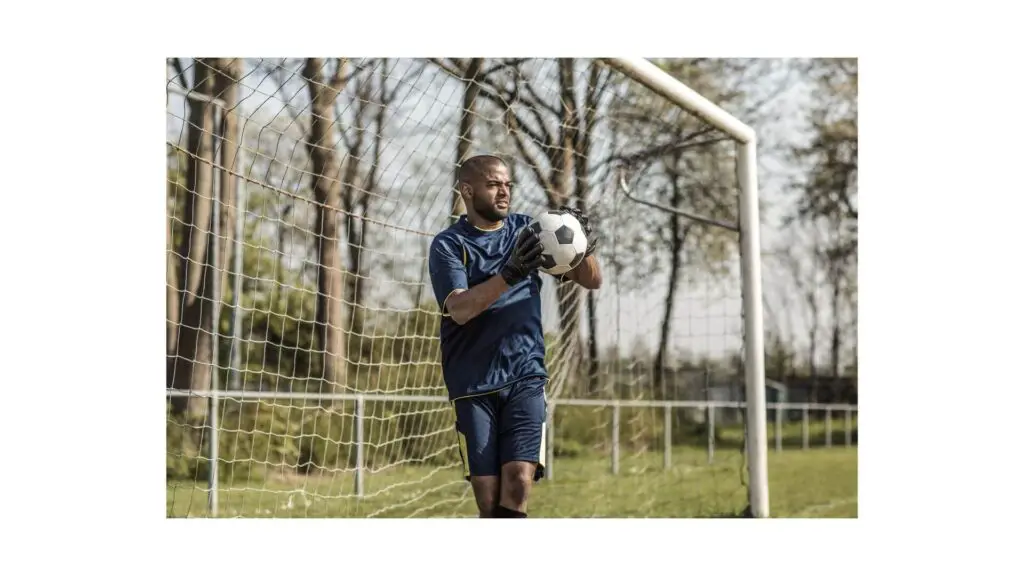
When it comes to soccer, there’s no denying the importance of the goalkeeper. They are the last line of defense, the player who can single-handedly turn the tide of a match.
One fantastic aspect of this position is that speed is not necessarily a prerequisite for success. While agility and quick reflexes are valuable traits, slower players can compensate with their exceptional decision-making and positioning skills.
As a goalkeeper, your primary responsibility is to protect the goal and organize the defense. By reading the game well, anticipating opponents’ moves, and positioning yourself effectively, you can neutralize threats and make crucial saves.
Being slower can actually work to your advantage, as you have more time to analyze the play and react accordingly.
Remember, some of the greatest goalkeepers in history were not renowned for their speed. Think of legends like Lev Yashin or Gianluigi Buffon, who relied on their exceptional positioning, communication, and mental resilience to become iconic figures in the sport.
As a goalkeeper, your influence can extend beyond your athletic abilities, making this position an ideal choice for slower players.
Did you know the goalkeeper is the most important position in soccer? Read more about it here.
2. The Center Midfielder: The Second Best Position for Slow Players
The centre midfielder position is often referred to as the engine room of a soccer team. These players control the rhythm of the game, linking defense to attack, and orchestrating play.
While midfielders are expected to cover a considerable amount of ground, speed alone does not define their effectiveness.
Slower players can excel in this role by utilizing their vision, passing accuracy, and tactical awareness. Toni Kroos is the perfect example.
The centre midfielder’s role is to distribute the ball intelligently, maintain possession, and dictate the flow of the game.
Slower players often exhibit exceptional technical skills, enabling them to make precise and incisive passes that unlock defenses.
Another prime example of a successful centre midfielder with a slower pace is Andrea Pirlo. The Italian maestro was renowned for his elegant style of play, sublime passing, and exceptional footballing intelligence. Pirlo’s influence on the game transcended his physical limitations, proving that speed is not the sole determinant of success in the centre midfield position.
==>> You should also read my article about the best soccer position for fast players here.
3. Center Back: The Pillars of Strength
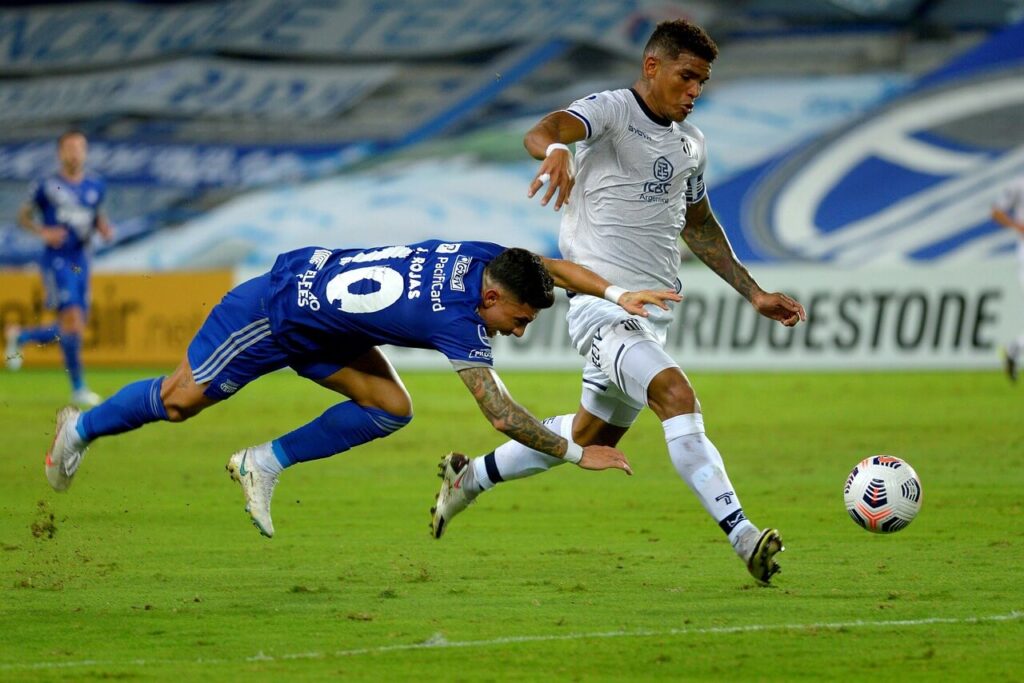
As the old saying goes, “Defense wins championships.” In soccer, centre-backs play a vital role in thwarting opponents’ attacks and providing a solid foundation for their team.
While speed is certainly an asset for centre-backs, it is not the sole indicator of their effectiveness. Slower players can shine in this position by leveraging their strength, positioning, and decision-making abilities.
Center backs act as the defensive leaders, organizing the backline, and ensuring that the team maintains a compact shape. They need to anticipate opposition movements, intercept passes, and make crucial tackles. By focusing on positioning and using their physical presence wisely, slower players can neutralize faster opponents.
An example of a successful center back who triumphed without blistering pace is Carles Puyol. The former Barcelona and Spain captain was renowned for his tenacity, aerial prowess, and exceptional reading of the game. Puyol’s ability to outsmart opponents compensated for his lack of speed, making him a defensive stalwart and a role model for slower players aspiring to play centre-back.
==>> If you are a slow player and are unsure of what position to play, take our quiz to find out your position.
Importance of Tactical Awareness: Mastering the Chessboard of Soccer
Tactical awareness is a vital trait for soccer players, regardless of their speed. It involves having a deep understanding of the game, being aware of the positions and movements of both teammates and opponents and making informed decisions based on that knowledge.
Slower players can use their tactical awareness as a weapon on the field.
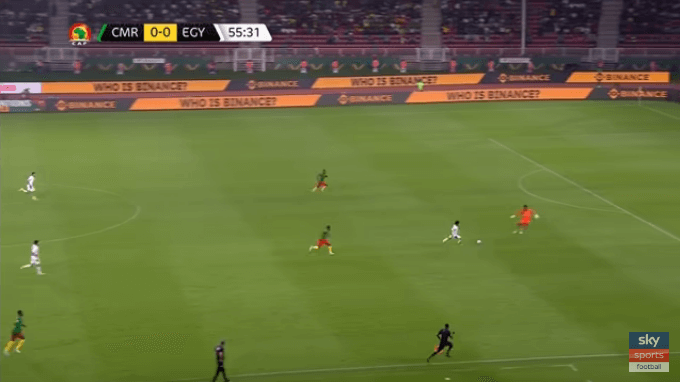
By studying the game, analyzing opponents’ strategies, and positioning themselves intelligently, they can compensate for their lack of speed and effectively contribute to their team’s success.
Tactical awareness allows slower players to read the game, anticipate plays, and make well-timed interceptions or passes. It is the ability to think several moves ahead, much like a chess player, that can make a significant difference in a soccer match.
Communication Skills: The Power of Clear and Effective Communication
Communication skills are the glue that holds a soccer team together. For slower players, honing these skills becomes even more crucial.
Clear and effective communication allows players to convey their intentions, coordinate movements, and maintain a strong defensive structure.
Slow players can compensate for their speed by using their voice as a weapon on the field.
By constantly communicating with teammates, providing instructions, and alerting them of potential dangers, slower players can contribute to the team’s overall organization and success. Effective communication builds trust, fosters teamwork, and ensures that everyone is on the same page, regardless of individual pace.
Set Piece Specialists: Mastering the Art of Precision
Set pieces, such as free kicks and corners, provide a golden opportunity for slower players to shine. These moments require precision, technique, and accuracy rather than outright speed.
Slower players can become set-piece specialists by honing their skills in dead-ball situations.
Whether it’s delivering a pinpoint cross or executing a well-placed free kick, their ability to read the game, anticipate runs, and execute with finesse can make them invaluable assets to their team.
So, slower players can contribute significantly to their team’s goal-scoring efforts and overall success by mastering the art of set pieces.
Defensive Strategies: Outsmarting the Speedsters
When facing faster opponents, slower players can rely on well-crafted defensive strategies to neutralize their speed advantage.
Zonal marking, where players defend specific areas rather than individual opponents, can help slower players maintain a compact defensive shape and limit the spaces available for attackers.
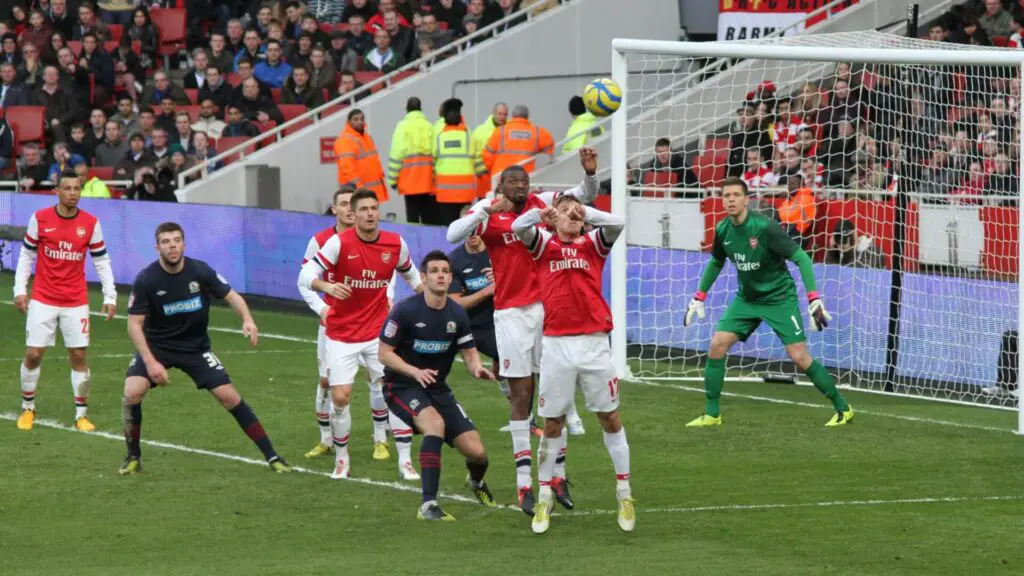
By positioning themselves strategically, using their strength effectively, and employing intelligent pressing techniques, slower players can frustrate and outsmart their speedy counterparts.
These defensive strategies require careful analysis of opponents’ movements, adaptability, and teamwork, allowing slower players to contribute meaningfully to the team’s defensive efforts.
==>> If you are a slow player and are unsure of what position to play, take our quiz to find out your position.
Leadership Qualities: Guiding the Team to Victory
Leadership qualities are not bound by speed, and slower players can often exhibit exceptional leadership skills on and off the field.
Their ability to communicate effectively, remain calm under pressure, and lead by example can inspire teammates to perform at their best.
Slower players can take charge of organizing the defense, providing guidance during intense moments, and motivating the team to push forward.
Their steady presence, resilience, and decision-making abilities can make them natural leaders, contributing to a cohesive and successful team dynamic.
Positioning Techniques: Being in the Right Place at the Right Time
For slower players, positioning becomes paramount. By mastering positioning techniques, slower players can compensate for their lack of speed by always being in the right place at the right time.
They can anticipate plays, cut passing lanes, and intercept balls effectively.
Positioning involves analyzing the game, understanding opponents’ tendencies, and utilizing spatial awareness to ensure they are in the optimal position to make an impact.
By honing their positioning skills, slower players can consistently contribute defensively and offensively, showcasing their intelligence and soccer acumen.
Training Tips for Slow Players: Maximizing Strengths and Skills
Slow players can enhance their performance on the field by focusing on specific training techniques tailored to their strengths.
Agility exercises that emphasize quick changes of direction and footwork can help improve overall mobility.
Developing exceptional passing accuracy, ball control, and decision-making through deliberate practice can allow slower players to excel in their role as playmakers.
Additionally, improving overall physical fitness, including endurance and strength, can ensure that slower players can compete effectively for the duration of the match.
So, if you are a slow player, try to maximise your strengths and skills through targeted training.
It Is Not Required To Have Speed In Soccer
If you are a soccer amateur and would like to make it pro, but you are scared because maybe you are not fast enough, don’t worry.
It may be hard to believe but even as a slow player, you can still rock it in soccer.
If speed is your weakness, then use your strength to your advantage. Ask yourself the question “What am I good at”. This will also help you find your position.
I am sure that even if you are not a fast player, there is something you do great on the pitch, and this is your superpower.
Remember, I mentioned Toni Kroos in this article. He may not be a fast player, but he produces accurate passes. And this is what has made him so great.
Final Word
In soccer, speed is undoubtedly an asset, but it should not deter slower players from pursuing their passion for the sport. The positions of goalkeeper, centre midfielder, and centre-back offer ample opportunities for players to thrive, irrespective of their pace.
By leveraging their unique strengths, such as decision-making, positioning, vision, and technical skills, slower players can make a significant impact on the field.
Remember, the beauty of soccer lies in its inclusivity and the diversity of playing styles.
Whether you’re a goalkeeper, a centre midfielder, or a centre-back, embrace your strengths and embrace the joy of playing the game.
So, go out there, chase your dreams, and show the world that soccer is a sport where speed is just one piece of the puzzle.
Don’t forget to take our quiz to find out your soccer position on the pitch.

